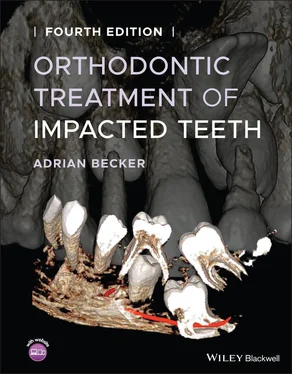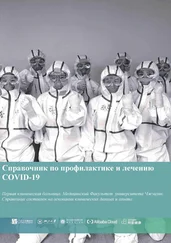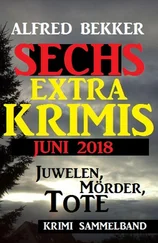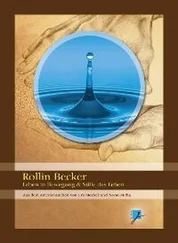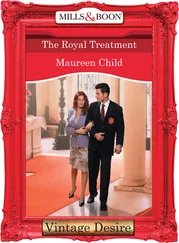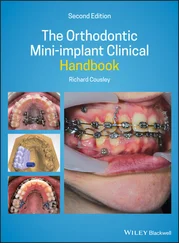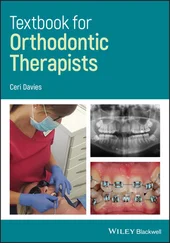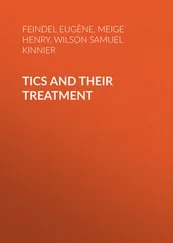There appears to be a cut‐off age of 9 years for the maxillary lateral incisor to develop at least half its normal root length. If there is less than a half root at this age, as seen in a small or peg‐shaped tooth, the chances that the unerupted canine will become the victim of eruption disturbance become notably exaggerated (see Chapter 6).
Conventional wisdom has it that mandibular second and third molars are sometimes impacted because their roots are being ‘held down’ by entanglement with the inferior alveolar canal (mandibular branch of the trigeminal nerve). We maintain that this view is unfounded (see Chapter 13). It is more likely that another factor, such as invasive cervical root resorption (ICRR), enlarged dental follicle, crowding of adjacent teeth and even possibly pre‐eruption intra‐coronal resorption, represents the primary aetiology that prevents eruption (the ‘cause’). With the root apices then growing in cramped circumstances, in close proximity to pathological entities or anatomical limits, the further erratic development of the root ends inevitably results in entanglement with the nerve and vascular bundle (the ‘effect’).
You have just finished the phase 1 treatment of a child, for the treatment of a cross‐bite or an impacted incisor or for maxillary anterior crowding, and he is now 8 years old. As the final flourish, you have aligned the incisors and paralleled their roots into their final adult orientation. The four incisors look beautiful and the parents are happy. In order to hold on to this delightful result, a fixed or removable retainer will need to be placed, until the child is ready for phase 2 treatment in 3–4 years’ time. The question that needs to be asked is: Will the ‘attention to detail’ at this early stage and the apparently laudable ‘intention to fully exploit the capabilities of an existing orthodontic appliance’ be to the patient’s overall benefit, or will they raise the spectre of iatrogenic damage in the long term, by potentially disturbing the eruption of the canine (see Chapters 6, 7and 18)?
A word about the tooth‐numbering convention used in this book. For the most part, the narrative in this volume refers to the individual teeth by their full descriptive title. Thus, we may refer to an impacted maxillary left permanent canine tooth or an infra‐occluded deciduous mandibular second molar tooth – a six‐word definition for a very small entity. However, for the sake of brevity and particularly for the annotation of teeth in an illustration, an author will prefer to use a shortened code for each tooth. The numbering system we have used here is the Fédération Dentaire Internationale (FDI) numbering system. This system has been widely accepted in many parts of the world, being easy to understand, logical and adaptable to the various tooth groups. It is compatible with computerized representation and uses the same description of the teeth on either side and in either jaw in a symmetrical and rapidly recognizable manner.
The method assigns a two‐number code to each tooth. The first number defines the quadrant in which the tooth is found. Thus, the right maxillary quadrant, from midline to last molar, is given the number 1. The left maxillary quadrant is number 2; the left mandibular quadrant number 3; and the right mandibular quadrant number 4. The individual teeth are then numbered from 1 to 8, beginning from the midline and proceeding to the last molar. In this manner, all impacted canines will be recognized by the second number 3: a right maxillary canine would be denoted 13; a left mandibular second molar would be assigned 37; and a mandibular right lateral incisor 42. All four canines are rarely impacted in the same individual, but when this occurs, it will be appreciated that 13, 23, 33 and 43 will be more easily recognizable than the 6, 11, 22 and 27 of the so‐called ‘universal’ numbering system, which seems to have achieved acceptance largely in the USA. (We have occasionally used the hash sign # in front of the number, in order to clearly differentiate the tooth number from other numbers in the text.)
Similarly, numbering the deciduous teeth employs the quadrant system in the same order, labelled from 5 to 8 and the teeth numbered 1 to 5. Thus, the maxillary deciduous right central incisor is defined as 51 and an infra‐occluded mandibular right deciduous second molar is numbered 85.
I am grateful to each of my co‐authors for having enthusiastically responded to my invitation to write a specific chapter in this volume and for having submitted their finished manuscripts ahead of the deadline I set for them. The chapter on biomechanics as it relates to impacted teeth was written and illustrated by Dr Ulrich Kritzler, who is in private practice in Warendorf, Germany and a regular contributor to the international orthodontic literature. The rapidly expanding popularity of clear aligners in orthodontics prompted me to invite a discussion of their use, suitability and the limitations of their application to the treatment of cases with impacted teeth. This has been authored by Prof. Dror Aizenbud, Chair of the Unit for Orthodontics and Craniofacial Anomalies in Haifa, Israel.
For the past several years, I have availed myself of the expert services of Mr Amnon Leitner, perhaps the most knowledgeable and skilled master radiographic imaging technician I have ever had the good fortune to meet and to work with. I invited him to enlarge and update the chapter on diagnostic imaging, specifically with regard to cone beam computerized tomography. Several of his highly informative secondary reconstructions, 3D screenshots and video clips appear in that chapter and additional examples of his work may be seen in a number of other chapters.
I am grateful to Dr Athina‐Maria Mavridou of KU Leuven (University of Leuven) in Belgium, a trained endodontist and an accomplished research scientist, who provided helpful comment on the histopathological aspect of my description of invasive cervical root resorption. ICRR is a specific pathological entity in its own right and is discussed in Chapter 10. The positive diagnosis of ICRR has serious repercussions in relation to the treatment of impacted teeth, yet it is substantially uncharted territory and rarely recognized by orthodontists.
As in the second and third editions, I acknowledge the contribution to several chapters in the book, of Prof. Stella Chaushu, Chair of the Department of Orthodontics at the Hebrew University–Hadassah School of Dental Medicine, Jerusalem, Israel. For the past 25 years, our academic collaboration has achieved much in terms of basic and clinical research, particularly in the area of eruption disturbance. Tooth impaction has also been the subject of the many invited lectures and courses that we have conducted together internationally and this book largely represents the culmination of those years of endeavour, even from as early as 1964. It reflects many of the fruits of our joint academic collaboration.
Writing a text on the subject of impacted teeth involves filtering out the relevant and appropriate conclusions of published studies from the mass of orthodontic literature in general, and specifically honing in on those evidence‐based investigations published in the leading international, peer‐reviewed orthodontic journals. The treatment decisions made in individual cases or in small case series of the treatment of rare conditions cannot, by virtue of their small numbers, be founded on evidence that is other than anecdotal. This does not necessarily negate the validity of the decision to treat the next patient with the same condition in a similar manner. However, it must be understood that the decision can be justified on an empirical basis only and is likely to be dependent on careful patient selection; and it does obligate this and any other author to report the possibility of bias. I have tried to comply with this and hope that I have been successful in my diligence in the examples of treatments elaborated in the text.
Читать дальше
